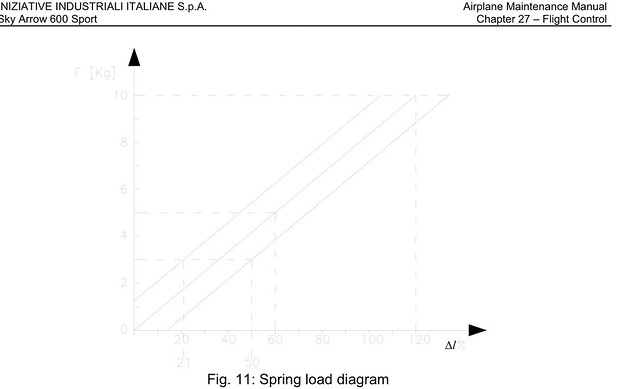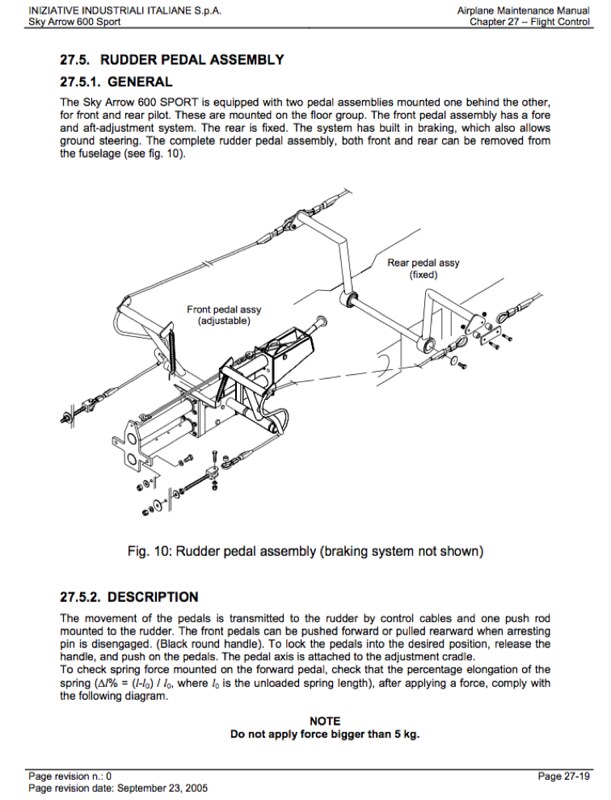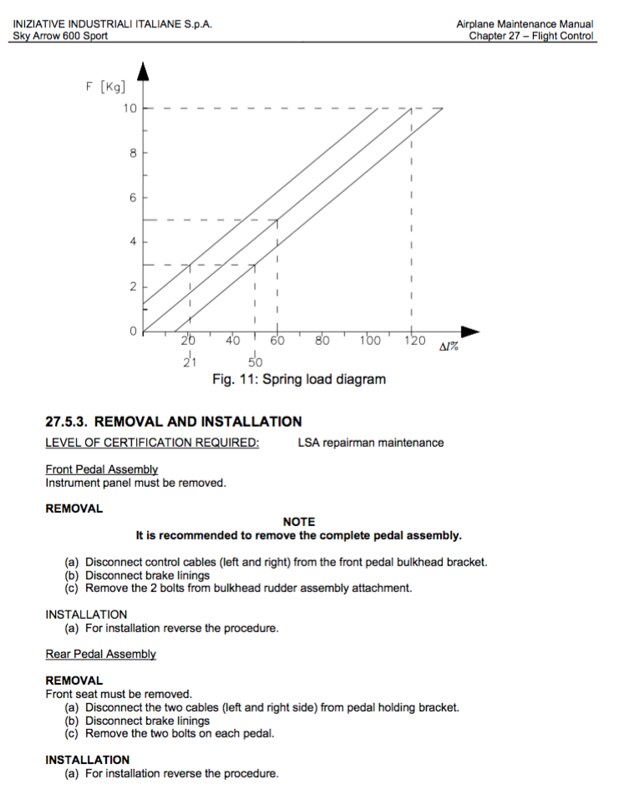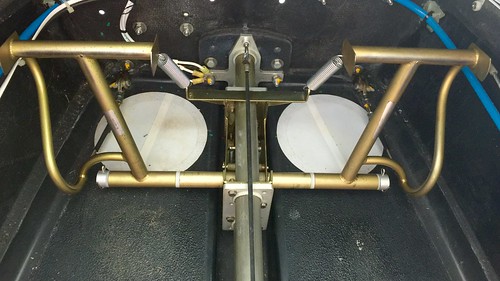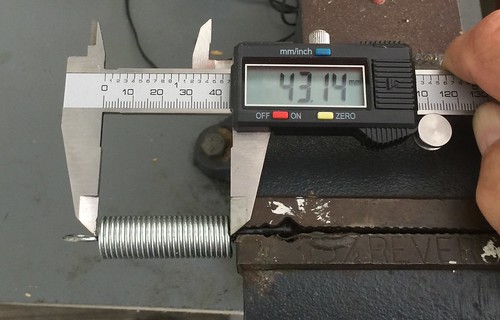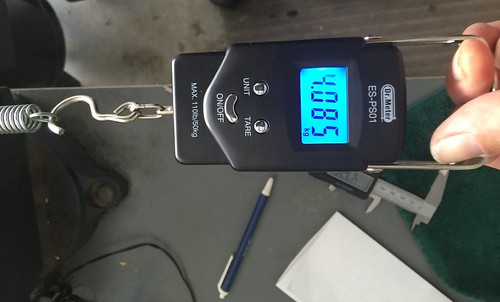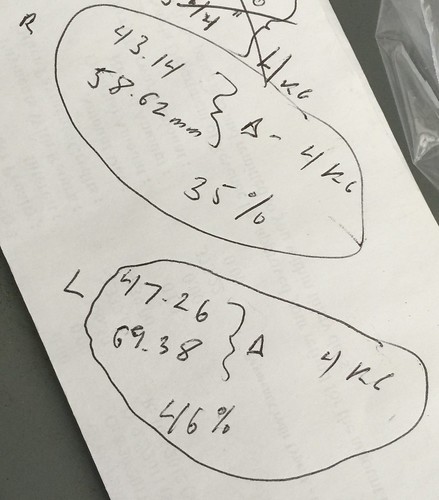FastEddieB
Touchdown! Greaser!
- Joined
- Oct 14, 2013
- Messages
- 11,421
- Location
- Lenoir City, TN/Mineral Bluff, GA
- Display Name
Display name:
Fast Eddie B
I'm in the middle of an annual condition inspection on my Sky Arrow.
The only flight control cables are for the rudder.
The maintenance checklist says the rudder cable spring tensioning should be "1.5 daN - 3.5 daN". That's apparently "dekanewtons".
Searching the web,that appears that converts to about 3.4 to 7.9 "pound-force".
Without a tensionometer, is there a way to measure this with just a spring scale?
Thanks - headed to the hangar shortly and I'll be checking this periodically for ideas.
The only flight control cables are for the rudder.
The maintenance checklist says the rudder cable spring tensioning should be "1.5 daN - 3.5 daN". That's apparently "dekanewtons".
Searching the web,that appears that converts to about 3.4 to 7.9 "pound-force".
Without a tensionometer, is there a way to measure this with just a spring scale?
Thanks - headed to the hangar shortly and I'll be checking this periodically for ideas.



